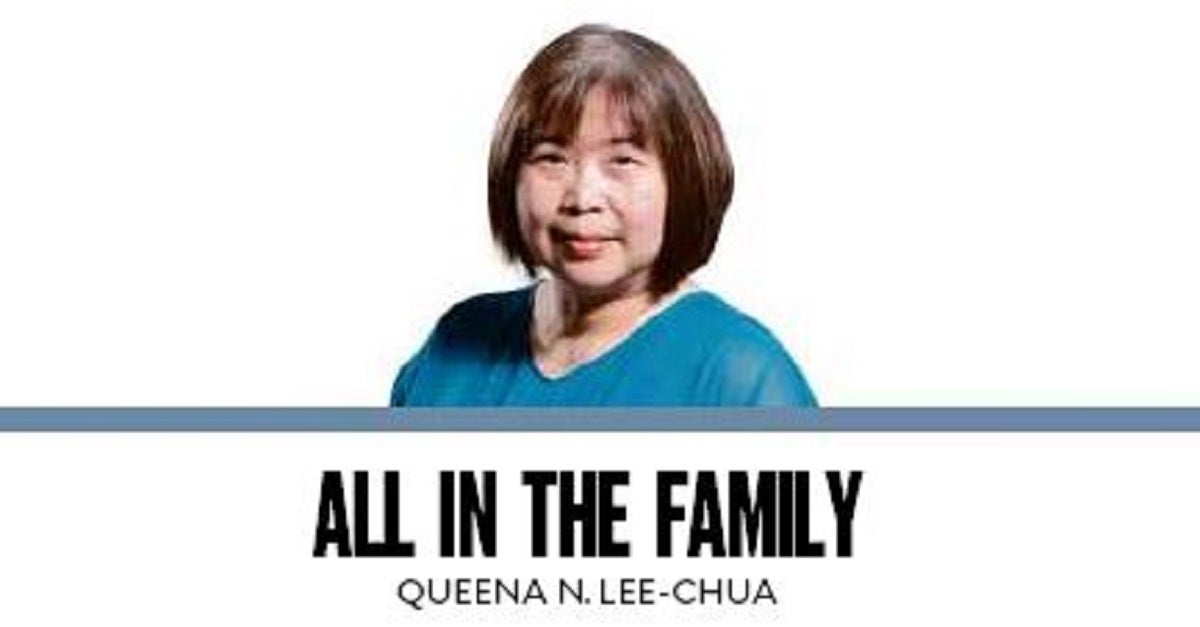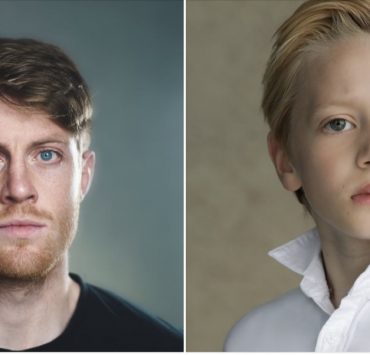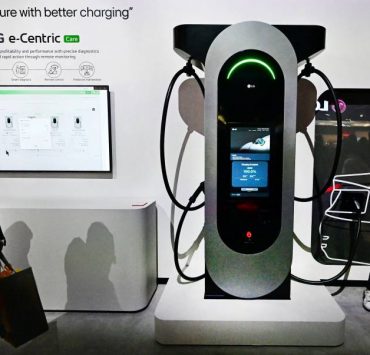Sushi as art

(Second of three parts)
Last week, we were introduced to chef Jiro Ono, the proprietor of Tokyo’s Sukiyabashi Jiro, the first sushi restaurant in the world to receive three Michelin stars, and featured in the 2011 documentary “Jiro Dreams of Sushi” by David Gelb. We discussed Jiro’s single-minded pursuit of the perfect sushi and the strict self-discipline and work ethic that make him a great chef.
Today we look closer at his practices and ask: how transferable are they to other businesses?
For most in the food and beverage industry, improving food quality is important; customers who enjoy the food are more likely to come back again. This is a rational, admirable way to run a restaurant or stall.
But for chef Jiro, improving food quality is an art form, where he sees himself not just as a chef or business owner, but as a shokunin, or craftsman of sushi. He says, “Shokunin try to get the highest quality fish and apply their technique to it. We don’t care about money. All I want to do is make better sushi. I do the same thing over and over, improving bit by bit. There is always a yearning to achieve more … Even at my age, after decades of work, I don’t think I have achieved perfection. But I feel ecstatic all day. I love making sushi. That’s the spirit of the shokunin.”
Jiro holds his “apprentices” to unapologetically high standards. Food critic Masuhiro Yamamoto says, “An apprentice must first be able to properly hand-squeeze a towel. At first the towels are so hot, they burn the apprentice’s hands. It’s very painful training. Until you can adequately squeeze a towel, they won’t let you touch the fish. Then you learn to cut and prepare the fish. After about 10 years, they let you cook the eggs.”
Chef Jiro invests most heavily in high-skilled labor, which is the factor of production hardest to scale. Sukiyabashi Jiro is in the same location today as it was 14 years ago during the documentary. It is the same size and still has no toilet inside the restaurant.
The only time the business grew was when Jiro’s second son, Takashi, left to set up a second branch in Roppongi, which—though it carries the Jiro name and shokunin ethos—already has a reputation among netizens (on TripAdvisor and Reddit blogs) as more relaxed, easier to book and approximately as delicious.
Indeed, because the quality of the sushi comes from the team’s ability to focus on making small batches excellently, growing the business might very well destroy the thing that makes it famous. Luckily, this is not a problem for Jiro and his shokunin mindset. But other businesses looking to replicate his business model will be well warned.
Hiring and retaining staff is also challenging: once, an apprentice came in on his first day, went home that night, and never came back. In the documentary, chef Jiro’s longtime shrimp supplier says, “These days, young people want an easy job. They want lots of free time and they want lots of money. But they aren’t concerned with building their skills. When you work at a place like Jiro’s, you are committing to a trade for life.”
When the approach fits the person, it produces astonishing results. Nakazawa, one of Jiro’s apprentices, says: “I had been practicing making the egg sushi for a long time. I thought I would be good at it. But when it came to making the real thing, I kept messing up. I was making up to four a day. But they kept saying, ‘No good, no good, no good.’ I felt like it was impossible to satisfy them. After three or four months, I had made over 200 that were all rejected. When I finally did make a good one, Jiro said, ‘Now this is how it should be done.’ I wanted to shout, ‘You just called me a shokunin, didn’t you?’ I was so happy I cried.”
During the filming of the documentary, Jiro mentions that Nakazawa would be leaving soon, and he would “promote” a junior apprentice to take his place. Two years later in 2013, the New York Times awards a new sushi restaurant in West Village, New York, a perfect four stars, only the sixth restaurant in the city to be awarded this rank. That sushi restaurant? Sushi Nakazawa. INQ
Next week: Where Obama and Abe ate sushi
Queena N. Lee-Chua is with the board of directors of Ateneo’s Family Business Center. Get her book “All in the Family Business” at Lazada or Shopee, or the ebook at Amazon, Google Play, Apple iBooks. Contact the author at blessbook.chua@gmail.com.

















